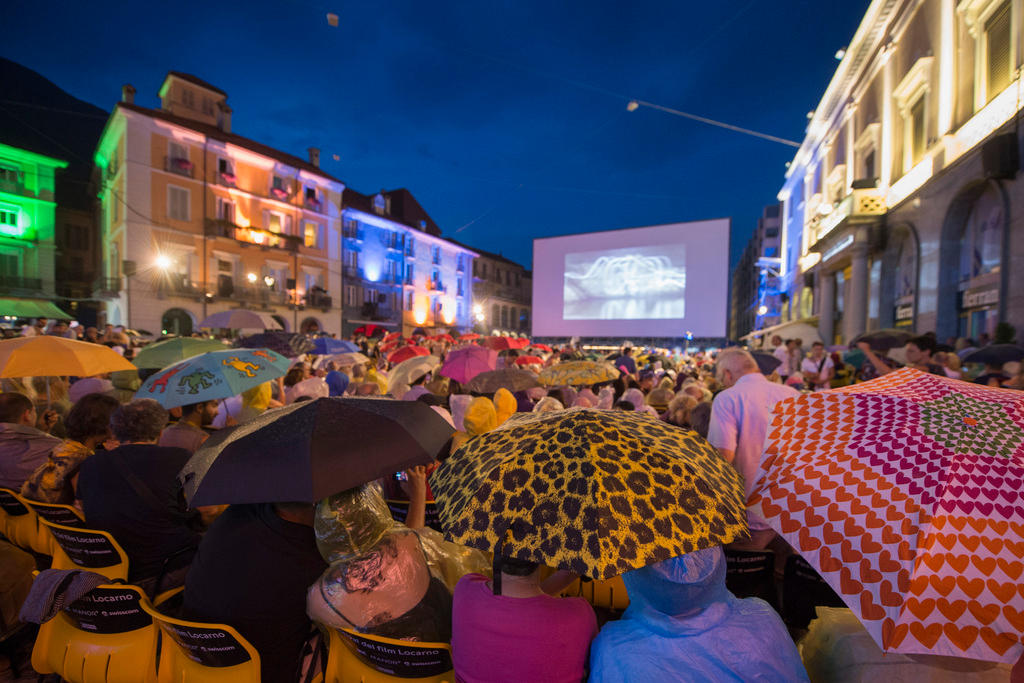
This is our guide to Swiss cinemas, film festivals, directors, actors and award-winning films – plus famous film scenes that you might not have realised were shot in Switzerland.
Editorial note: this information was current as of June 2017 and is no longer being updated.
Cinephiles will not be disappointed by Switzerland, with all tastes catered for by the country’s 270 cinemas.
As elsewhere, most Swiss cinemas supply what they think is in demand and, as a result, push Hollywood blockbusters – as can be seen from the most popular films in SwitzerlandExternal link since 1995. But there is no shortage of arthouse fare, although this can be hard to find outside cities. Around 5% of cinema tickets are for Swiss films.
To discover what’s running where and when, go to CinemanExternal link, Switzerland’s largest cinema platform. Newspapers also have listings on certain days. For Swiss films, go to the national film promotion agency.External link
Most Swiss cinemas are comfortable and technically well-equipped – but they can be expensive. While the average ticket costs around CHF16 ($16.60), in cities it can be as much as CHF19 (with 3D films costing an extra CHF2 and 3D glasses another CHF3).
That said, various concessions are available for students, pensioners, families, etc. Also, many cinemas offer cheap rates to everyone on Mondays. Two of the main Swiss cinema chains, QuinnieExternal link and KitagExternal link, both offer discounted cinema cards for ten films. Most cinemas offer online booking.
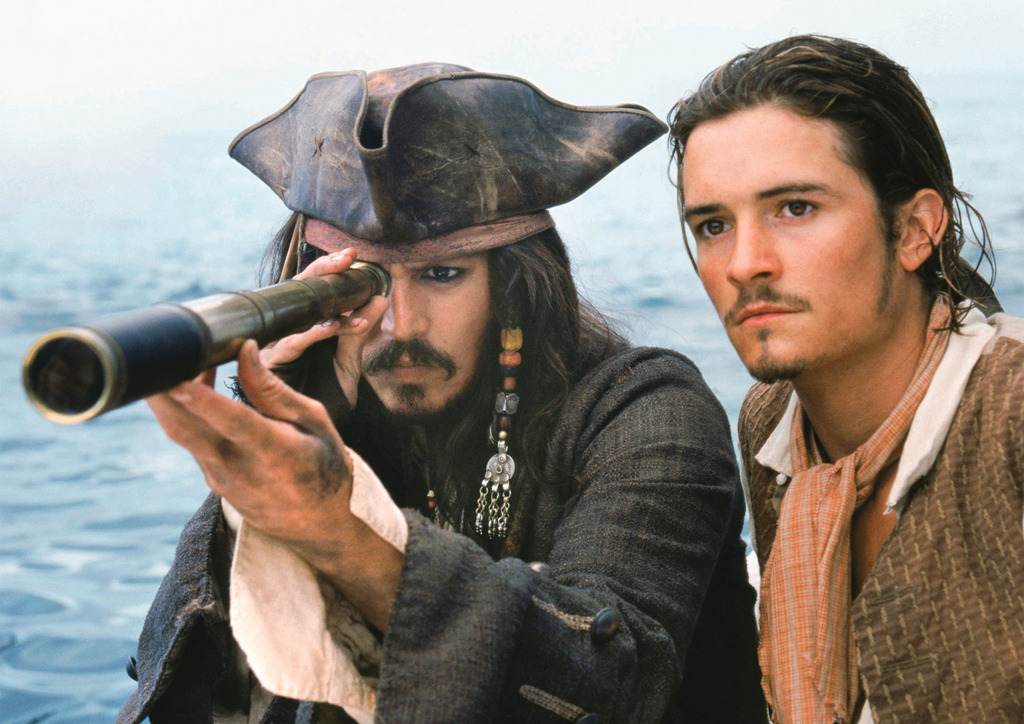
More
Schiff ahoy! Why dubbed films are making waves
Language issues
One aspect unique to Swiss cinemas is how they deal with foreign films. Until quite recently, Switzerland – unlike neighbouring countries – preferred to subtitle foreign films. The year 2007 was the tipping point when more tickets were sold for dubbed films than subtitled films. Since then the trend has increased towards dubbing (which is cheaper for Swiss distributors as they just use the already dubbed copies in Germany, France and Italy).
However, in cities at least, subtitled versions of mainstream films are usually available (often with two languages at the bottom of the screen – you get used to this!) and arthouse films are almost always subtitled.
Another surprising – and often irritating – cultural difference is a ten-minute intermission halfway through the film, often right in the middle of an action-packed or emotional scene…
Then there’s age ratings. Until 2013, this was a confusing mess, with classification left to the country’s 26 cantons. To take one example, in Geneva seven-year-olds could watch “The King’s Speech” (2010), but in Basel you had to be nine, in Bern ten – in both cases 12 if unaccompanied by an adult – and in Zurich no one under 12 was getting in at all.
Since then, ratings have been harmonised (with the odd exception). A film will always have two ages: a legal age and a recommended age. For example, “Race” (2016), the story of athlete Jesse Owens, has been classified (8/12). This means eight-year-olds are allowed to watch it, but the subject matter probably won’t appeal to most viewers under 12.
Film festivals
A wide range of top-quality film festivalsExternal link take place in Switzerland throughout the year.
Highlights include the Locarno Film FestivalExternal link, a good place to uncover cinematic gems from around the world (and the main screen is the largest in Europe); the star-studded Zurich Film FestivalExternal link; the International Film Festival and Forum on Human RightsExternal link in Geneva; FantocheExternal link, an international film festival for animation; the International Film Festival of FribourgExternal link; and the Neuchâtel International Fantastic Film FestivalExternal link, which offers “imaginary worlds” in a wide range of genres. Visions du RéelExternal link in Nyon is an internationally renowned festival for documentaries.
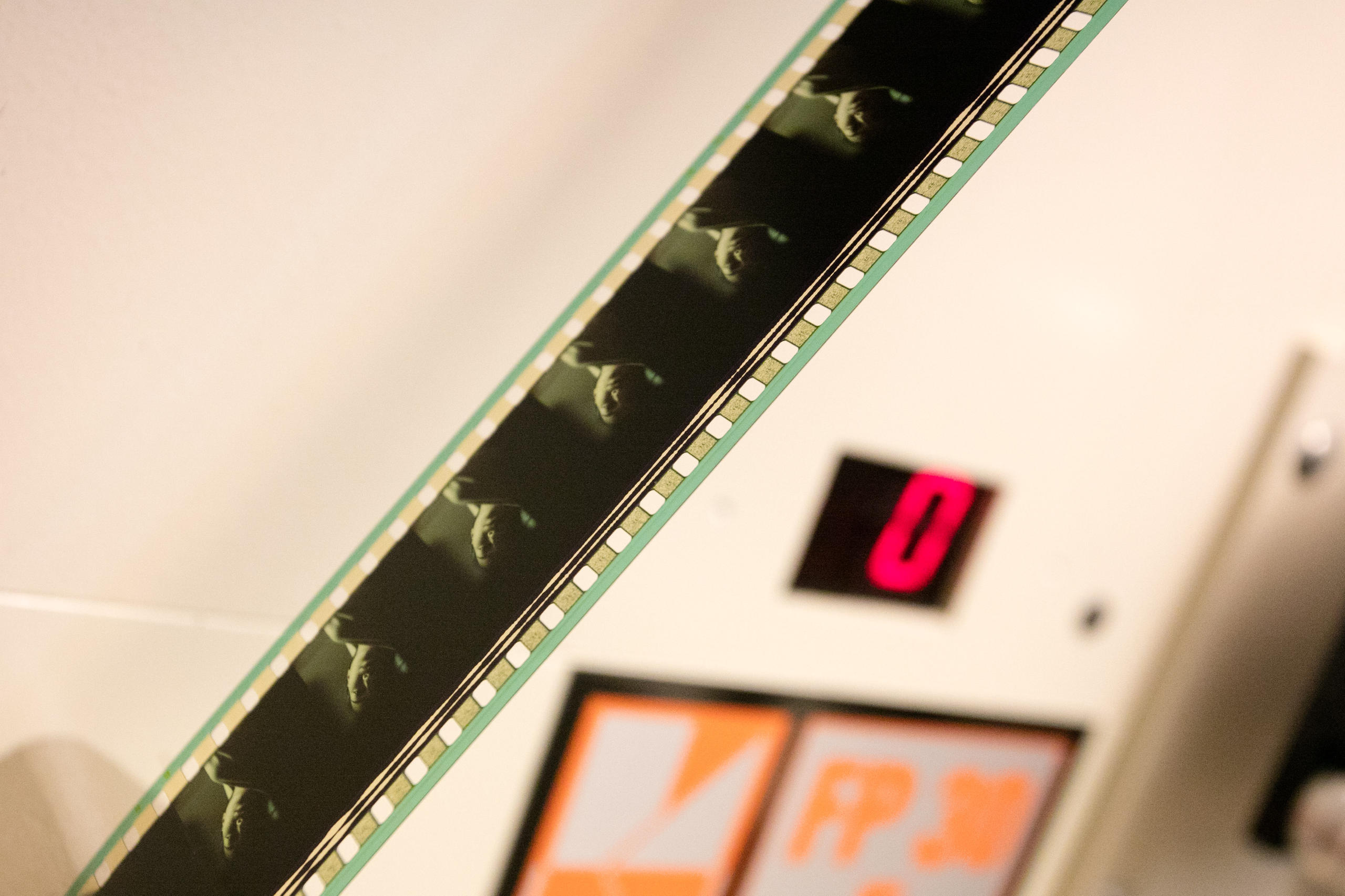
More
Dear old cinema
Fans of gay and lesbian cinema are also spoilt for choice, with QueersichtExternal link in Bern, Everybody’s PerfectExternal link in Geneva, Pink AppleExternal link in Zurich and Pink PanoramaExternal link in Lucerne (website in German only).
One of the most prestigious Swiss film festivals is ShnitExternal link, an international festival for short films. Founded in Bern in 2003, it has now spread around the world.
Nothing beats watching a film under the stars in a spectacular location – and Switzerland offers many open-air cinemaExternal link options. But make sure you check the language before you buy your ticket: these films are often dubbed, especially animations.
Directors and actors
The only Swiss director that most non-Swiss can name is probably Franco-Swiss Jean-Luc Godard (“Breathless”, 1960; “Contempt”, 1963). Possibly German-Swiss Marc Forster (“Finding Neverland”, 2004; “Quantum of Solace”, 2008).
But Switzerland continues to produce many creatively and commercially successful directors, such as Samir (“Iraqi Odyssey”, 2014), Ursula Meier (“Home”, 2008; “Sister”, 2012), Michael Steiner (“Sennentuntschi”, 2010) and Alain Gsponer (“Heidi”, 2015). More are profiled hereExternal link.
Switzerland is also a fertile breeding ground for documentary filmmakers such as Christian Frei (“The Giant Buddhas”, 2005; “Space Tourists”, 2010), Markus Imhoof (“More Than Honey”, 2013) and Mirjam von Arx (“Virgin Tales”, 2012).
When it comes to actors, Bruno Ganz (“Downfall”, 2004) is by far the most famous – although Ursula Andress has probably made a bigger impression on popular culture and bikini sales.
Several “Shooting StarsExternal link” such as Joel Basman, Carla Juri and Kacey Mottet Klein have gone on to enjoy screen success.
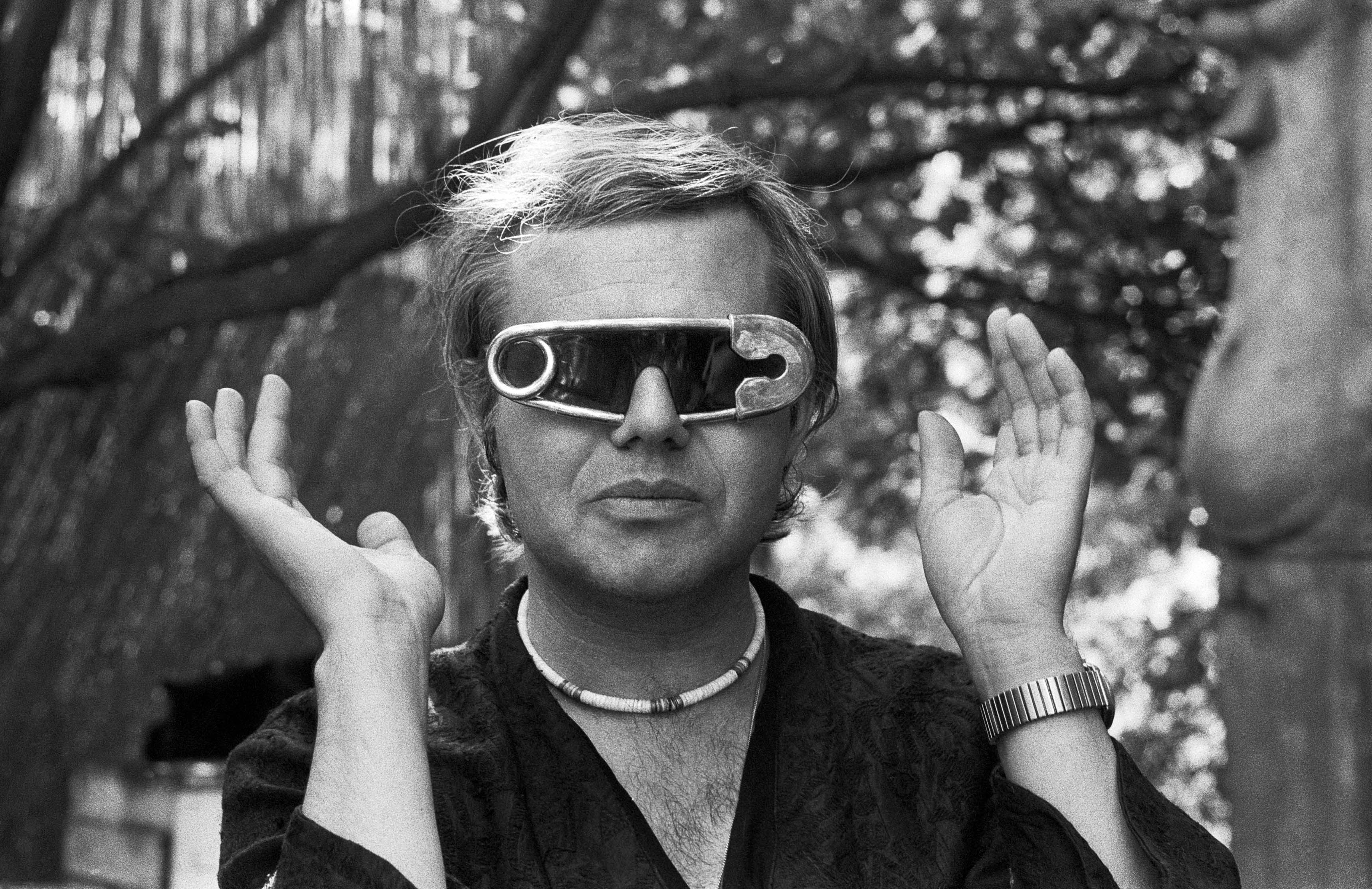
More
H.R. Giger and his work
A nod, too, to inimitable artist and designer HR Giger (1940-2014), who won an Oscar for his work on “Alien” (1979).
International success
The best Swiss film of all time? According to an August 2016 list of the 100 best Swiss filmsExternal link judged by industry insiders, it’s “Höhenfeuer” (Alpine Fire, 1985), a family drama up a mountain. Heidi it isn’t…
The most commercially successful Swiss film of all time (in Switzerland) is “The Swissmakers” (1978), followed by “Ready, Steady, Charlie!” (2003), “Late Bloomers” (2006) and “My Name is Eugen” (2005). Only one film in the all-time top ten was in French (“Les Petites Fugues”, 1979). Abroad, the most successful Swiss film is probably “Heidi” (2015), a faithful adaption of Johanna Spyri’s 1880 novel.
Two Swiss films have won the Oscar for the Best Foreign Language Film: “Dangerous Moves” (1984) and “Journey of Hope” (1990).
No living Swiss actor has won an Oscar, but producer Arthur CohnExternal link has won six. Jean-Luc Godard was controversially given an honorary OscarExternal link in 2010, but he said it meant nothing to him and didn’t pick it up.
In 2013, Markus Gross, a professor of computer graphics in Zurich, won a “technical Oscar” for his work, which makes smoke and explosion special effects in films more realistic.
No Swiss film has ever won a Golden Bear at the Berlin Film Festival, at least in its present form (since 1956), or a Golden Lion at Venice. The most recent film to win a Palme d’Or at Cannes was “The Last Chance” in 1946.
Film locations
Switzerland has probably featured in some of your favourite films without you realising it. Location scouts love the dramatic scenery, with the mountains of Grindelwald used as a backdrop for the planet Alderaan in “Star Wars: Episode III” (2005).
Much of “Touching the Void” (2003), an award-winning reconstruction of a near-fatal climbing accident in the Peruvian Andes, was actually shot on the Jungfrau because the Bernese Alps offer easier access to extreme landscapes.
Switzerland has also been the setting of some of the most memorable Bond scenes, such as George Lazenby pushing a baddie into a Schilthorn snow-blower in “On Her Majesty’s Secret Service” (1969). Or the record-setting bungee jump off the Verzasca Dam in Ticino at the start of “GoldenEye” (1995).
And it’s not just the natural backdrops: the luxury Dolder Grand hotel in Zurich featured in the Hollywood blockbuster “The Girl with the Dragon Tattoo” (2011), and parts of Dan Brown’s “Angels & Demons” (2009) were filmed at CERN just outside Geneva.
In addition, more than 200 Bollywood films have been shot in Switzerland over the past two decades, and while lush alpine meadows are a favourite place to declare one’s undying love to a sari-clad girlfriend, it’s not unheard of to see impressively choreographed dance routines underway in city centres – only to have to break up to let a tram go by.

In compliance with the JTI standards
More: SWI swissinfo.ch certified by the Journalism Trust Initiative
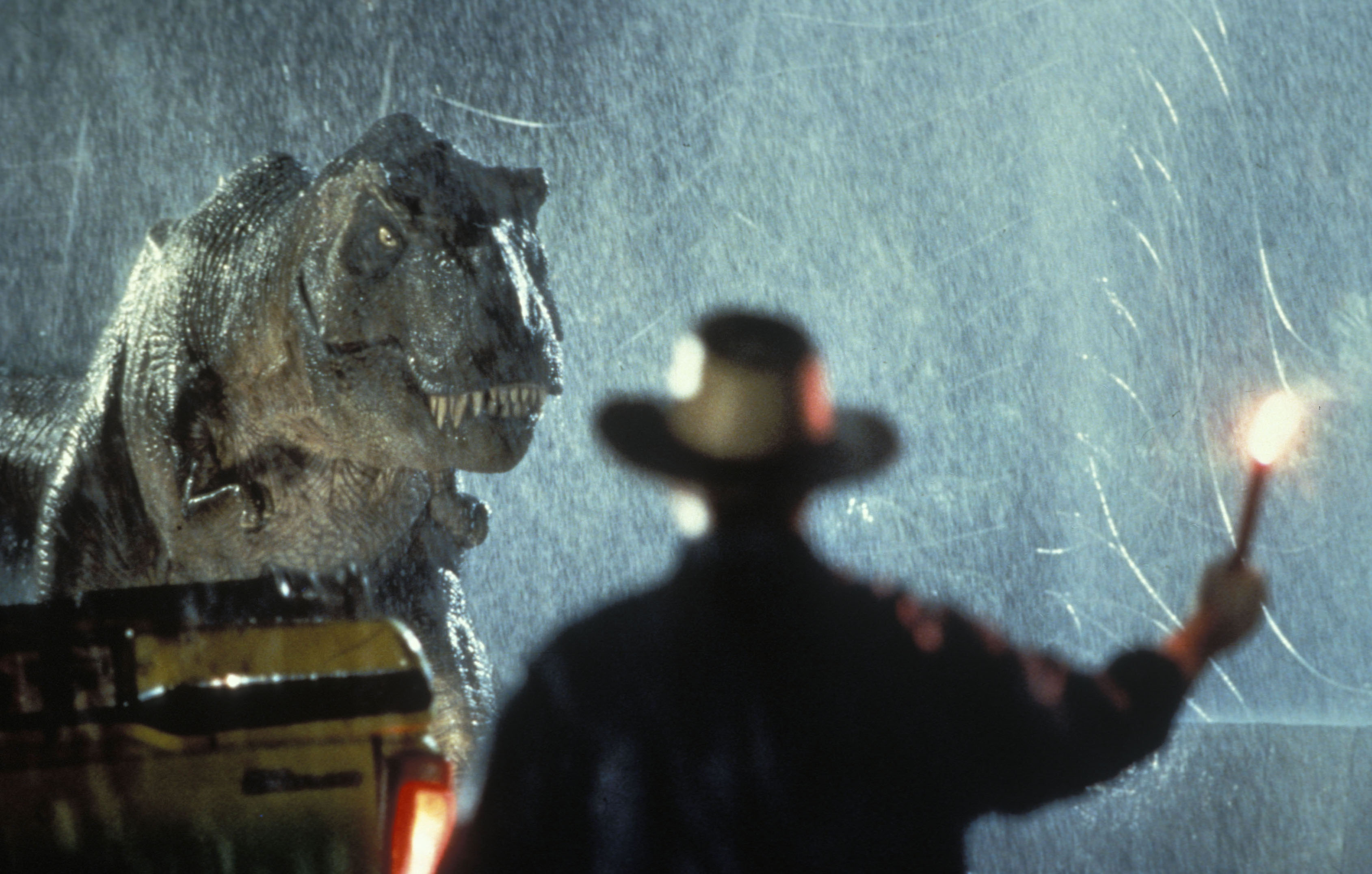
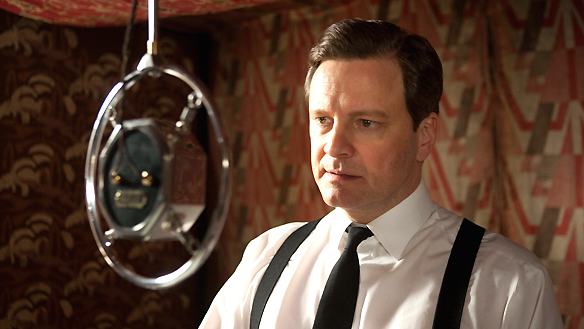
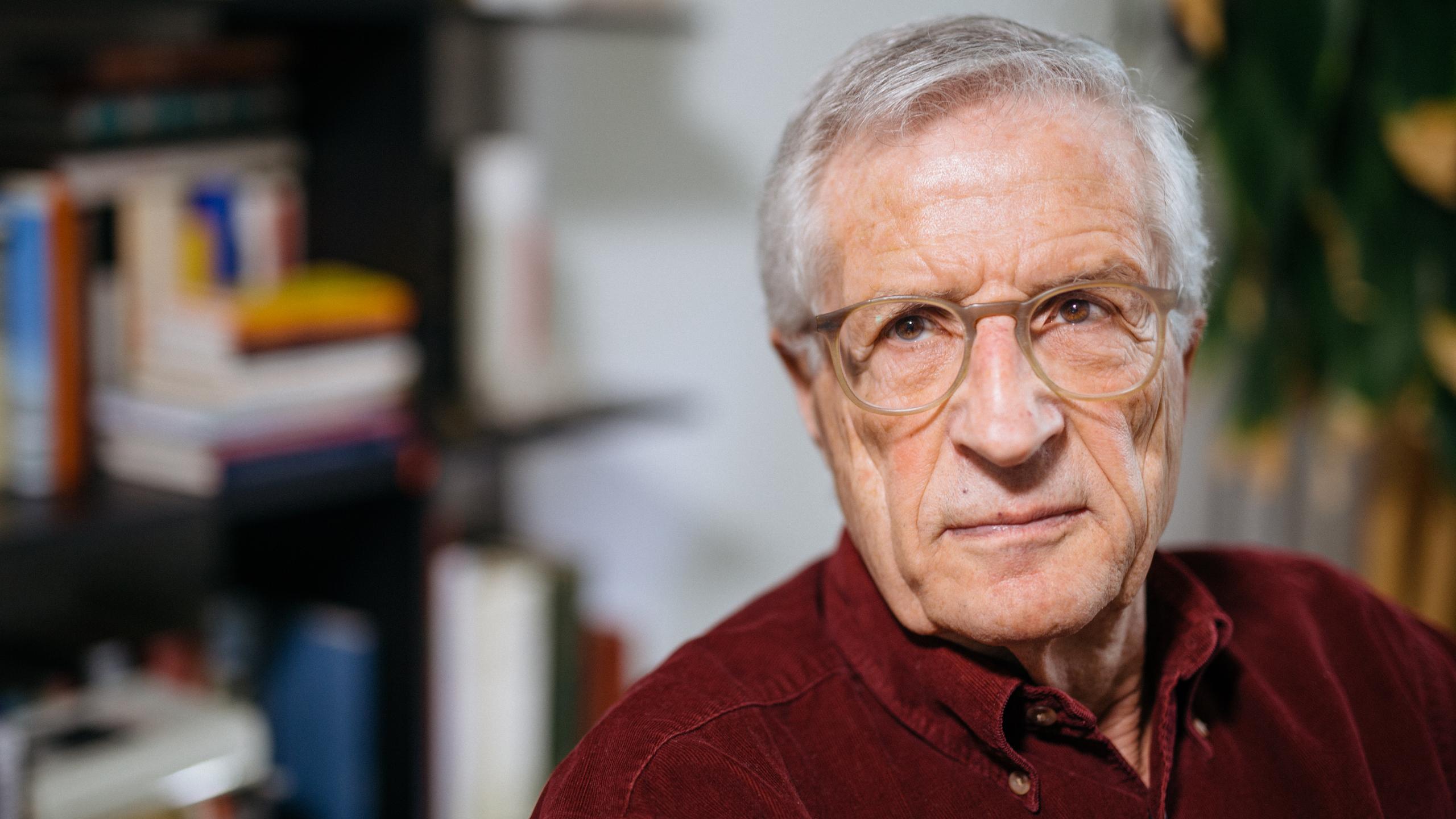
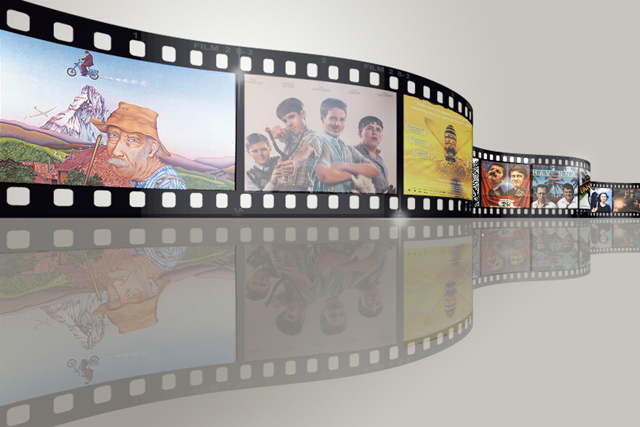
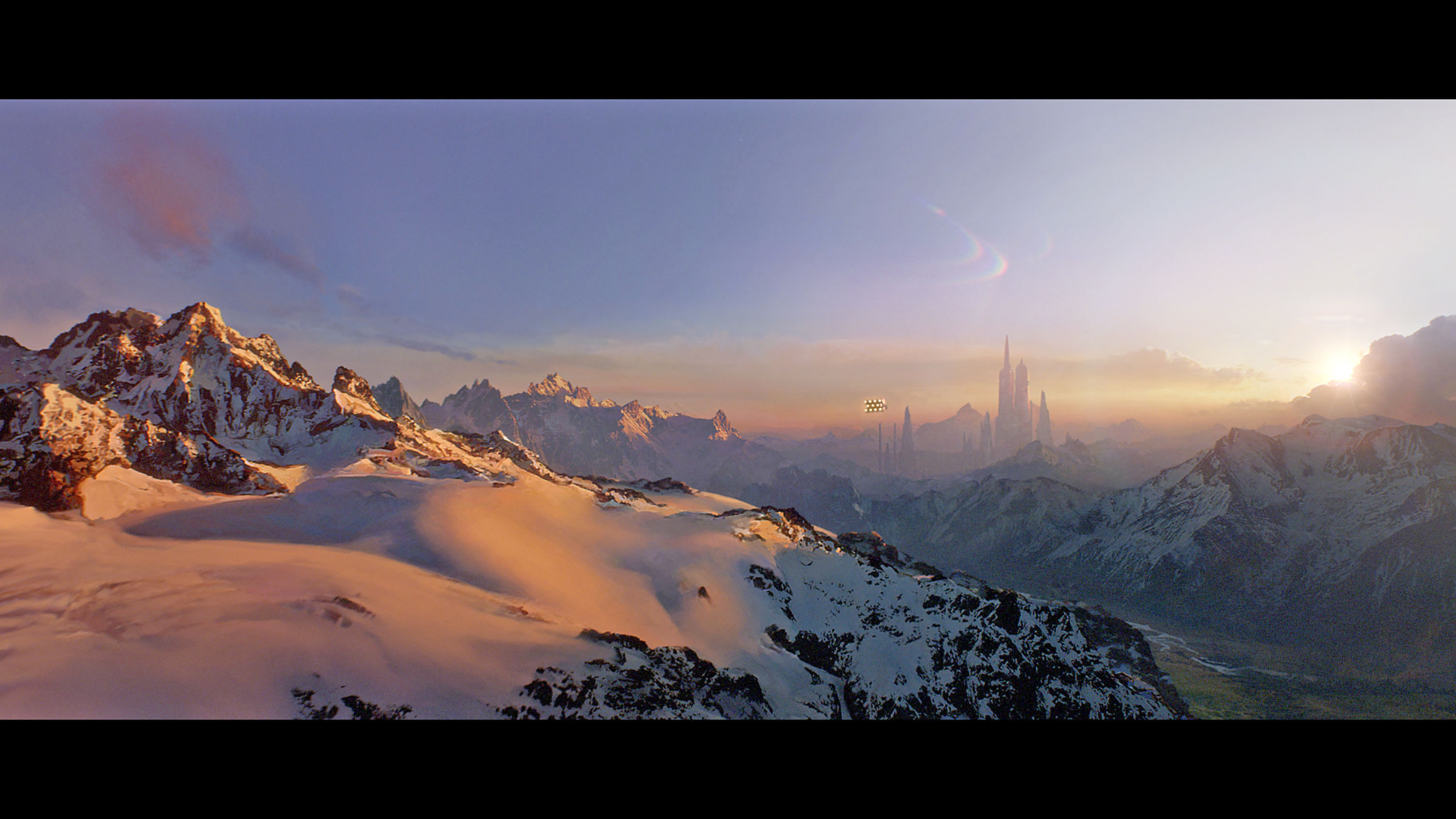
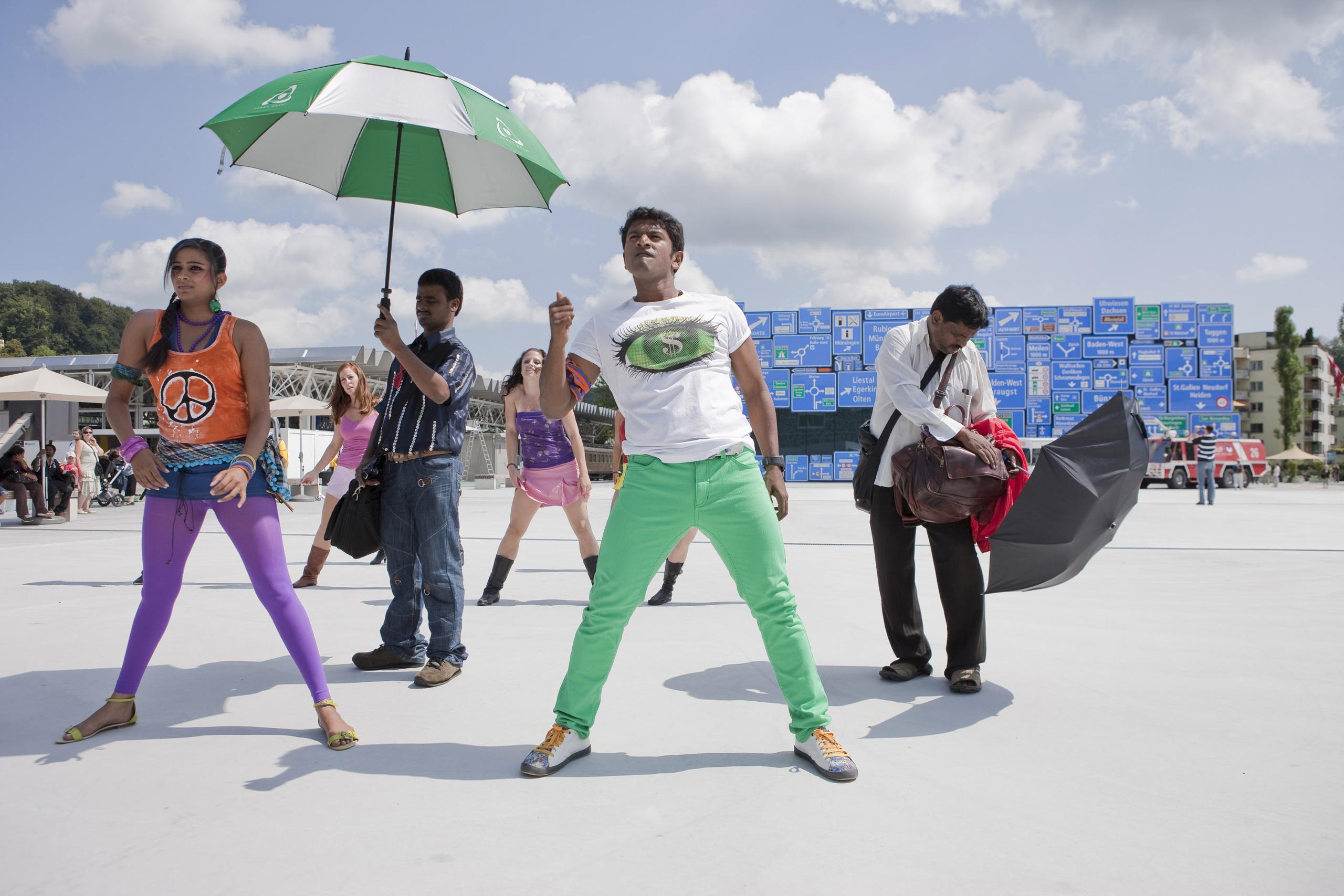
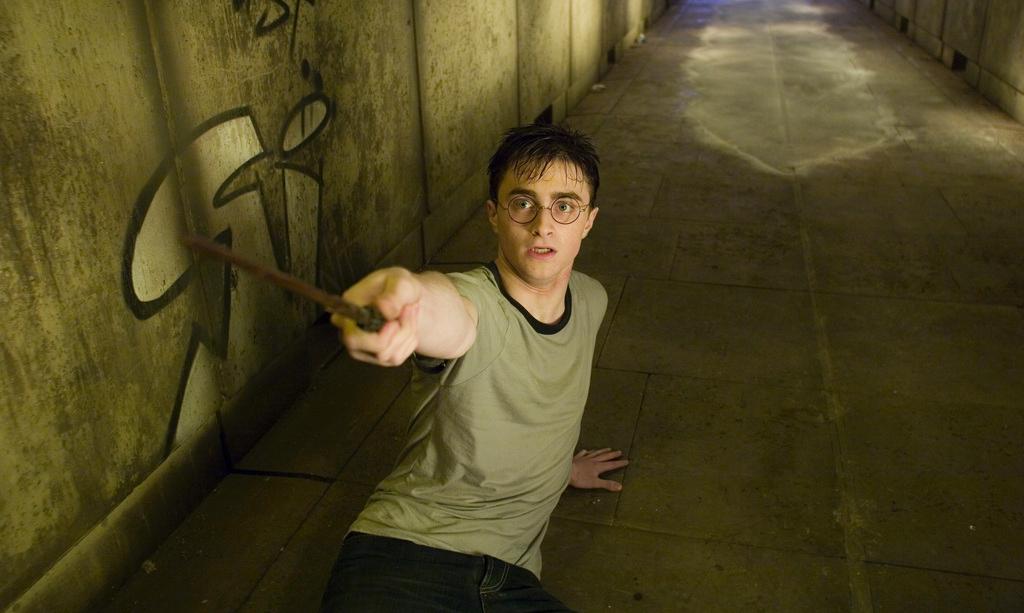
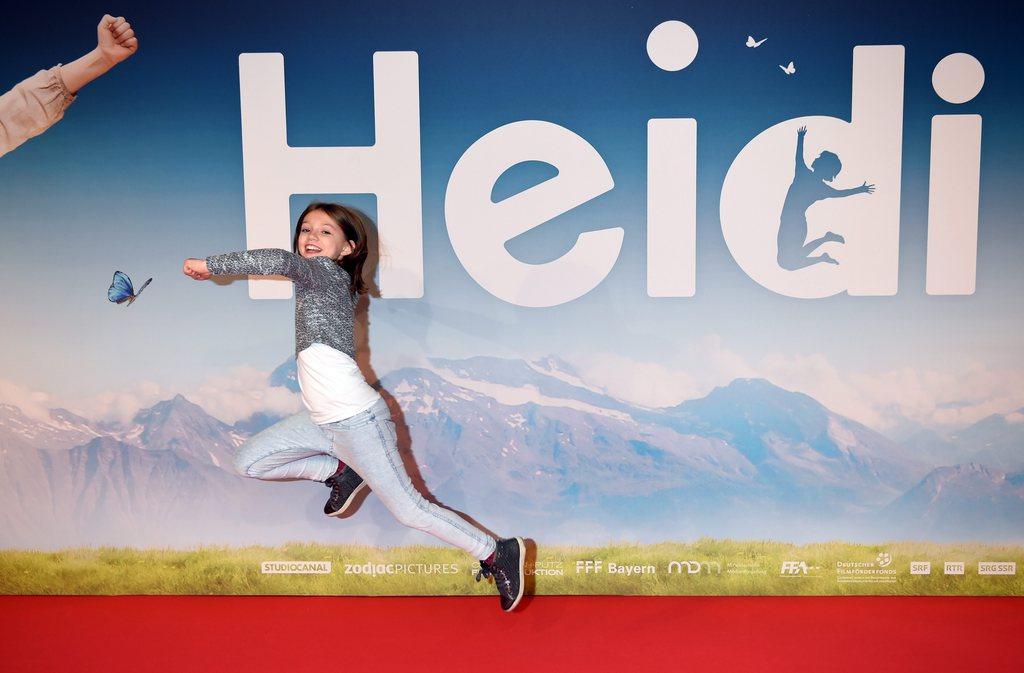
You can find an overview of ongoing debates with our journalists here. Please join us!
If you want to start a conversation about a topic raised in this article or want to report factual errors, email us at english@swissinfo.ch.